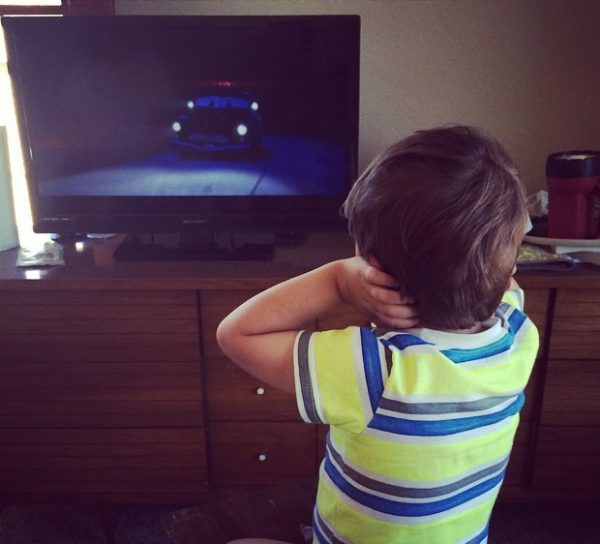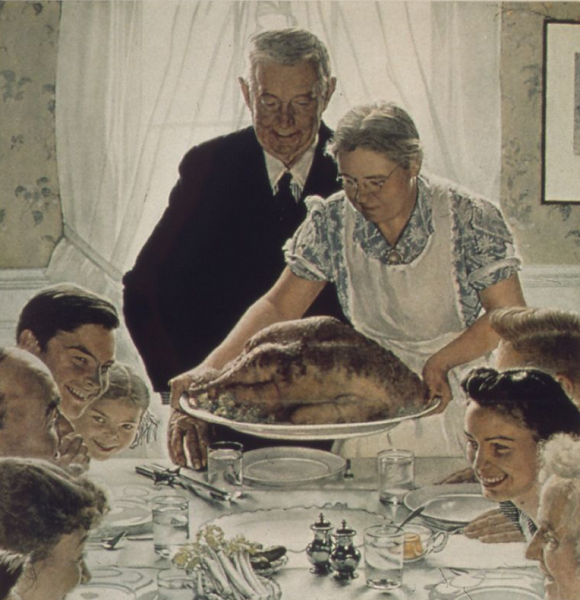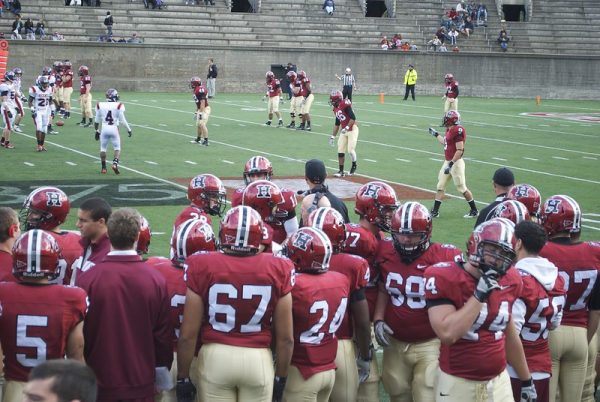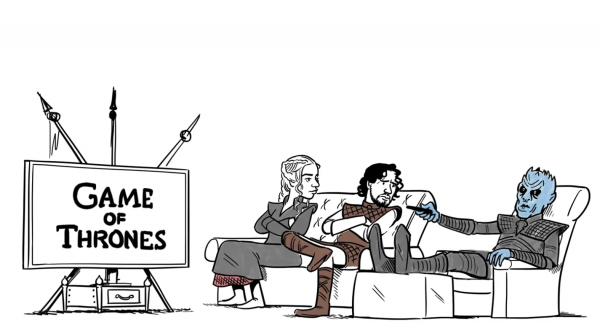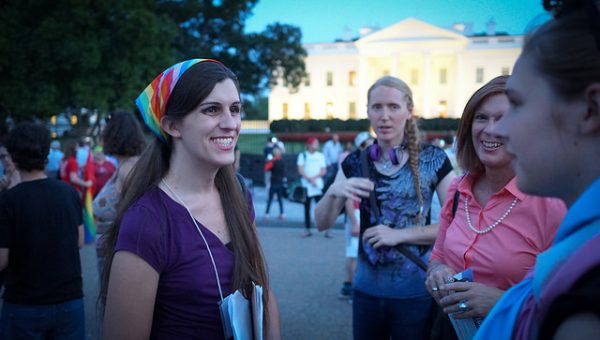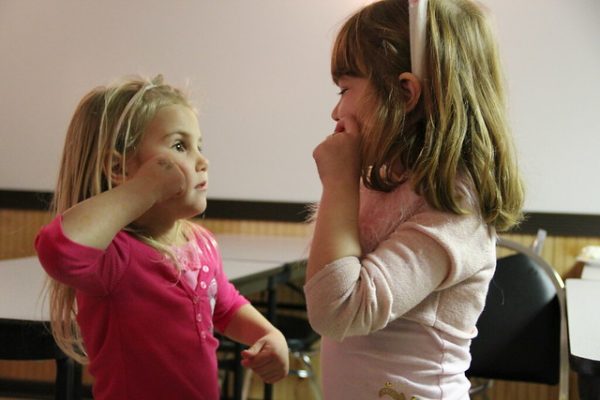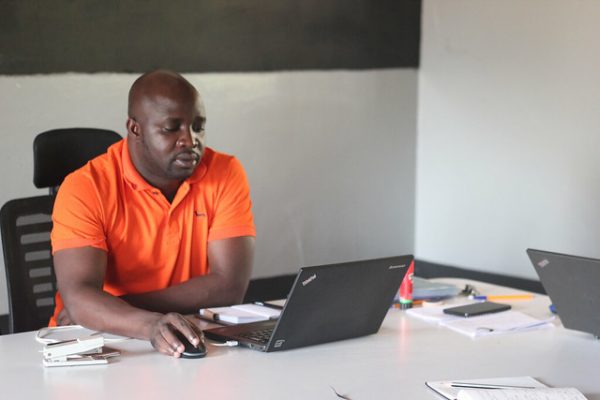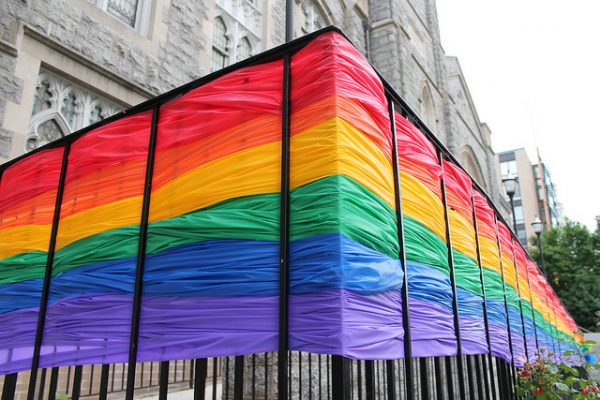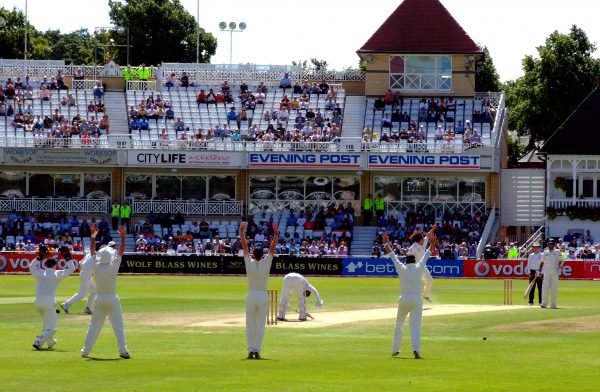This post was created in collaboration with the Minnesota Journalism Center.
Obstruction, quid pro quo, impeachment. The tweets, the news alerts, the endless headlines. This political landscape, and the overall media news landscape, can be exhausting, and news consumers are showing they are tired of it all. A June 2019 Digital News Report explained that this news fatigue has turned into news avoidance: 41 percent of respondents in the United States (and 32 percent worldwide) said they “often or sometimes” avoid the news.
Scholars are exploring the reasons for news avoidance, with some readers finding news “too negative,” “frustrating” or “annoying.” Other research shows that women are more likely than men to avoid the news, a gap explained by structural inequalities, like family commitments and household responsibilities.
One of the first journalism studies on this topic found that participants avoided the news but counted on the news finding them. The study from Stephanie Edgerly identified participants who did not follow any news accounts or journalists on social media but relied on Facebook to notify them of significant news and events.
These news avoiders are less inclined to vote, a troubling fact to University of Minnesota researcher Benjamin Toff:
“I do have concerns about whether our news environment is all that conducive to creating an electorate of people who actually hear the other side, can think through complicated political debates and issues, and understand a variety of different perspectives.”
Women’s news avoidance is intertwined with a lack of political engagement. This can lead to women facing difficulty advocating for themselves in the political sphere and fewer women involved in the political process or even running for office.
- Stephanie Edgerly. 2016. “Seeking Out and Avoiding the News Media: Young Adults’ Proposed Strategies for Obtaining Current Events Information.” Mass Communication and Society 20(3): 358–377.
- Benjamin Toff and Rasmus Kleis Nielsen. 2018. “‘“I Just Google It’”: Folk Theories of Distributed Discovery.” Journal of Communication 68(3): 636–657.
- Benjamin Toff and Ruth Palmer. 2019. “Explaining the Gender Gap in News Avoidance: “News-Is-for-Men” Perceptions and the Burdens of Caretaking.” Journalism Studies, 20(11): 1563-1579.
- Kim Christian Schroeder and Mark Blach-Orsten. 2016. “ The Nature of News Avoidance in a Digital World..” Digital News Report. Oxford: Reuters Institute for the Study of Journalism.
- Aleksandra Urman. 2019. “News Consumption of Russian Vkontakte Users: Polarization and News Avoidance.” International Journal of Communication 13: 25.
One way to decrease the number of news avoiders is to improve the quality of news itself and make news consumption more appealing. “Solutions journalism” explores sociological problematic issues in communities (homelessness, childhood obesity, etc) and critically examines problem-solving efforts. This goes beyond more straight-forward traditional reporting of the facts and, instead, offers ideas on how to resolve issues important to community members. Research demonstrates that readers are more likely to engage with (share, like, etc) solutions-oriented content than traditional news content. In addition, findings reveal readers report more favorable attitudes towards the news story and news organization when news discussed solutions.
- Karen McIntyre. 2019. “Solutions Journalism: The Effects of Including Solution Information in News Stories about Social Problems..” Journalism Practice, 13(1): 16-34.
- Andrea Wenzel, Daniela Gerson, Evelyn Moreno, Minhee Son and Breanna Morrison Hawkins. 2018. “Engaging Stigmatized Communities through Solutions Journalism: Residents of South Los Angeles Respond.” Journalism19(5): 649-667.
Another important avenue in combating this news avoidance issue is media literacy. For more on media literacy, click here.

